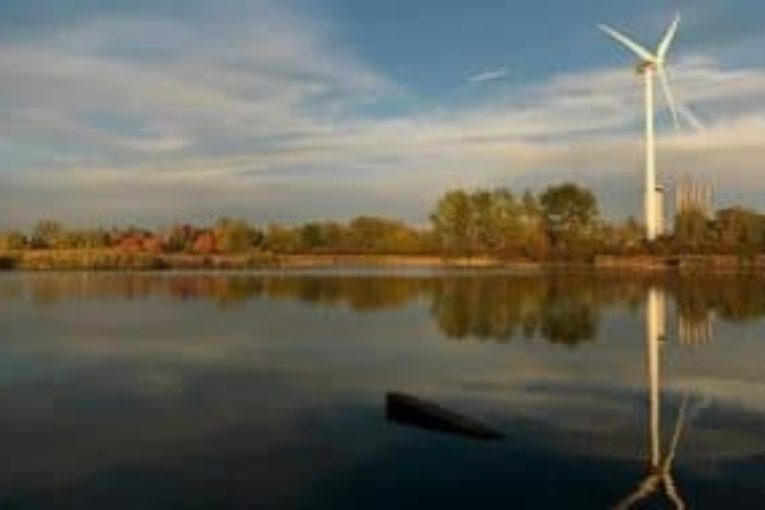
“Wind power is the most competitive option for adding new capacity to the grid in a growing number of markets.” So says the Global Wind Energy Council, in introducing its Global Wind Energy Outlook 2016. One of those markets is Ontario.
Two recent studies prove the point. One is the Ontario Planning Outlook, released by the province’s Independent Electricity System Operator in September 2016. This study finds that the levelized unit energy cost* of wind is $65-210 per megawatt hour (6.5-21.0 cents per kilowatt hour), the lowest of any electricity generation option available to Ontario. By comparison, hydro-electric power is $120-240 per megawatt hour; nuclear is $120-290 per megawatt hour; natural gas is $80-310 per megawatt hour; and solar photo-voltaic is $140-290 per megawatt hour.
A U.S. study, Lazard’s Levelized Cost of Energy Analysis – Version 9.0, published in November 2015, similarly concluded that wind energy was the lowest cost electricity generation option in the U.S.
Studies are one thing, but what about real-life experience?
In Ontario, the average electricity generation supply cost is 11.14 cents per kilowatt hour as of May 1, 2016 according to the Ontario Energy Board. New wind energy compares very favourably. In its most recent procurement, Ontario contracted for new wind energy as low as 6.5 cents per kilowatt hour. Wind energy is quietly becoming the electricity generation option of choice for the future.
Unlike major generation technologies such as nuclear and hydro, wind energy’s costs have declined dramatically (Lazard 2015) and are forecast to continue declining. “The cost of onshore wind is expected to drop 41 per cent by 2040, driven primarily by improving capacity factors,” says Bloomberg’s New Energy Outlook 2016.
Taking note of the growth of the favourable trends in the wind sector, the International Energy Agency has just announced that it will “significantly” raise its estimates for global wind energy installations when it releases its World Energy Outlook in November.
The variability of wind energy supply is also becoming much less of a concern. System operators continue to develop the capability to accurately predict changes in output from wind facilities. Studies find that wind energy combines well with hydro facilities with reservoirs and that additional wind energy would displace natural gas generated electricity, providing a win for the environment.
System planners, now increasingly tasked with supressing emissions from gas-fired generation while simultaneously tasked with controlling costs are turning to alternative methodologies to achieve both. Ontario and Quebec have made a deal to use clean hydro power from Quebec at targeted times when natural gas would otherwise be used. The deal sees Ontario making an additional effort to clean its grid through the pursuit of stronger interconnections with Quebec that will ultimately enable enhanced penetration of wind energy in Ontario because of the strong complementarity between wind energy and Quebec’s hydroelectric power.
Wind energy has been the largest source of new electricity generation capacity in Canada over the last decade. It has become the electricity supply option of choice because many jurisdictions, such as Ontario, have provided stable policy that has allowed industry to invest in continuously improving the technology. That has led to costs declining while capacity factors increase. System planners are also taking note that wind energy has not produced a track record of significant cost overruns such as we have seen in the nuclear and hydro-electric industries, and that it does not face the commodity cost risks of natural gas. Plus, wind energy has no carbon price risk, and the fuel – the wind – is free.
The evidence is clear. Wind energy has become the low-cost, emissions-free electricity source of choice around the globe, and an increased reliance on it here in Ontario makes great sense. In light of Ontario’s recent decision to suspend a planned large renewable energy procurement, it is critical that Ontario’s new Long-Term Energy Plan once again provide the policy certainty required to enable the province to continue to capitalize on its massive wind energy potential for the benefit of all Ontarians.
*The Levelized Unit Energy Cost examines different electricity generation technologies on a comparable basis. It is an economic assessment of the average total cost to build and operate a power-generating asset over its lifetime, divided by the total energy output of the asset over that lifetime.
Ontario Regional Director at the Canadian Wind Energy Association
You can read more of the news on source



